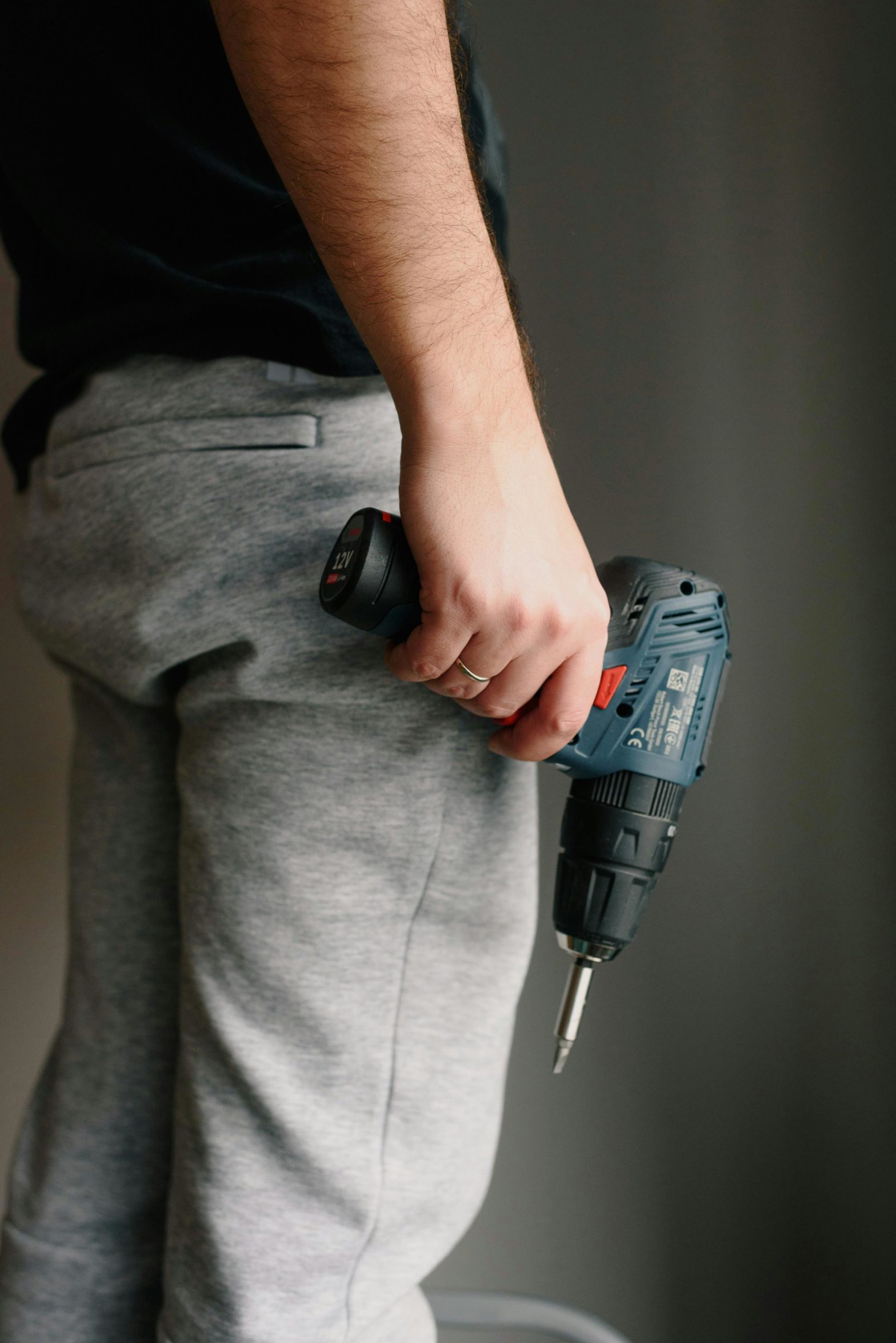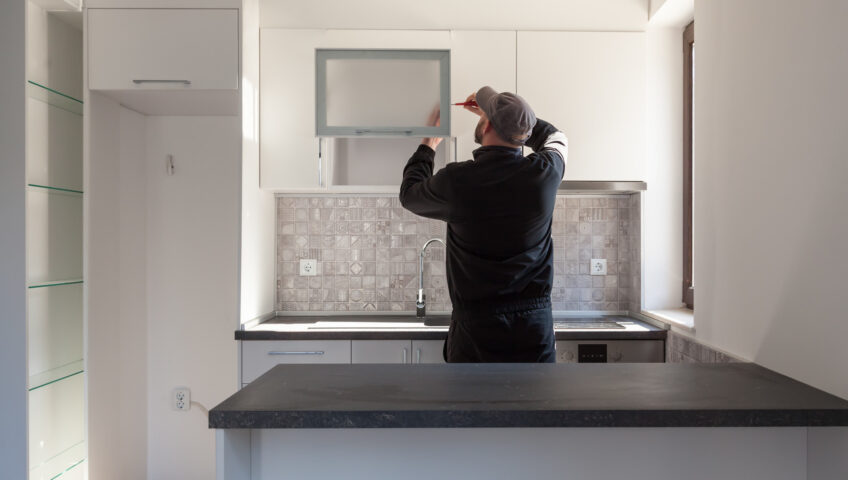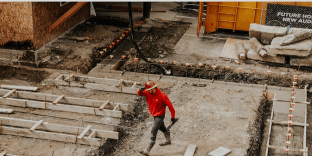
The Risks and Consequences of Removing a Load-Bearing Wall Without a Permit in Texas
A load-bearing wall is a wall that supports the weight of the structure above it, such as another wall, floor, or roof. Removing a load-bearing wall without a permit can have serious implications for your home’s safety and stability. No problem, here at Load Bearing Wall Pros, we’ve got the answers.
Why Do You Need a Permit to Remove a Load-Bearing Wall in Texas?
Removing a load-bearing wall is not an easy or simple task. It involves altering the structural integrity of your home and affecting the load path above it. Therefore, you need to obtain permission from your local building department before you start any work on your home’s structure.
According to the Texas Residential Construction Commission, you need to apply for a building permit if you want to remove an internal load-bearing wall in Texas. A building permit is required if:
- The work involves changing the use or occupancy of your property
- The work affects the structural, mechanical, electrical, or plumbing systems of your property
- The work requires structural alterations or additions
- The work involves demolition or excavation
A building permit is not required if you only want to remove an internal load-bearing wall for cosmetic reasons, such as creating more space or improving ventilation. However, you still need to comply with other building codes and standards that apply to your property.
If you are renovating a historic building, then you may need additional approval from the Texas Historical Commission. A historic building is one that is listed on the National Register of Historic Places, designated as a Recorded Texas Historic Landmark, or recognized by a local preservation ordinance. You can check if your property is historic on the Texas Historical Commission website.
So, what if you didn’t do your homework. What Are the Risks and Consequences of Removing a Load-Bearing Wall Without a Permit in Texas?
- Structural damage: If you remove an internal load-bearing wall without proper support, you may create gaps or voids in the structure above it that can compromise its integrity. This can lead to sagging floors, uneven walls, doors sticking, windows leaking, etc., which can pose hazards such as falling objects, water damage, mold growth, electrical issues, etc.
- Legal action: If you remove an internal load-bearing wall without proper building permit or approval from your local building department, you may be liable for violating the law and face legal action. You may be fined up to $2,000 per day or even prosecuted under criminal law if your actions cause serious harm or damage.
- Insurance claim: If you remove an internal load-bearing wall without proper building permit or approval from your local building department, you may also be liable for any insurance claims that arise from your actions. Your insurance company may refuse to cover any losses or damages that result from your actions and sue you for compensation.
How to Avoid Removing a Load-Bearing Wall Without a Permit in Texas?
The best way to avoid removing a load-bearing wall without a permit in Texas is to plan ahead and consult with professionals before starting any work on your home’s structure.You need a dream team and here are the players:
- Architect: An architect can help you design and plan your project according to building codes and standards. They can also advise you on whether removing an internal load-bearing wall requires a building permit or approval from your local building department.
- Engineer: An engineer can help you assess the structural integrity of your home’s structure before starting any work on it. They can also advise you on how to provide proper temporary support (shoring) during removal of existing walls and installation of new permanent structural supports.
- Inspector: An inspector can help you monitor and evaluate the progress of your project according to building codes and standards. They can also advise you on how to comply with any changes in requirements during construction.
- Electrician: An electrician can help you install new electrical services inside walls after removing them. They can also advise you on how to ensure safety and compliance with electrical codes.
- HVAC contractor: An HVAC contractor can help you install new heating ventilation air conditioning systems inside walls after removing them. They can also advise you on how to optimize energy efficiency and comfort.
The LBW team is here to set you up for success. If you follow the above, you’re in good hands. With any questions, reach out on either our online form or call us directly.


